The Years of Hope: Australian Art and Criticism 1959–1968
Oxford University Press, $19.95, 215 pp
Poise and Evocation
Gary Catalano’s book, which I admire greatly, is a readjustment. His standpoint, so far as I can tell, is an ideal he has of what might be the suitable creative situation for artists, and he reviews the 1960s with this in mind.
Instead of seeing the development towards abstraction as inevitable or even the main issue of 1960s art, he finds the major break in the later 1960s when Australian art was momentarily overridden by New York ‘internationalism’. For instance, he disagrees with Bernard Smith’s opinion that in the late 1960s expressionism came to an end, while pointing to the tyranny that hard-edge exercised. ‘Tyranny’ is the operative word to explain why young ‘expressionist’ painters like Robin Wallace-Crabbe, Garry Shead, and David Aspden fumbled their way into hard-edge in the late 1960s. Hard-edge was not an appropriate style for any of them: only intimidation can explain why they tried.
Continue reading for only $10 per month. Subscribe and gain full access to Australian Book Review. Already a subscriber? Sign in. If you need assistance, feel free to contact us.



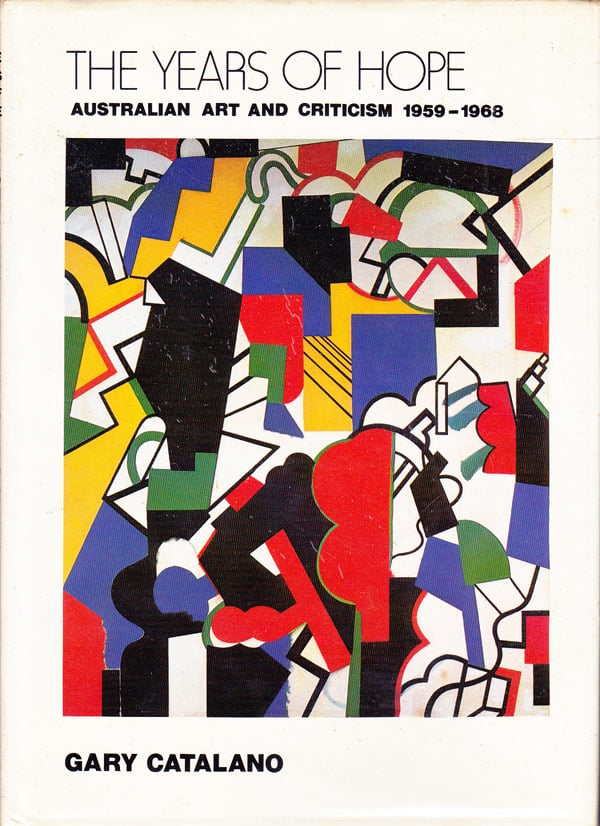
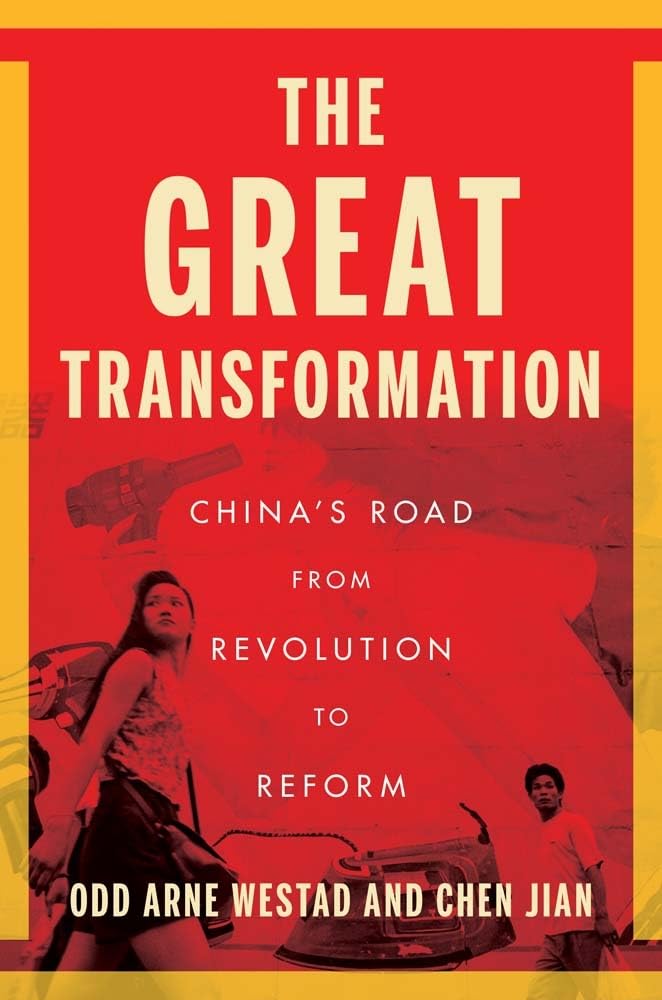

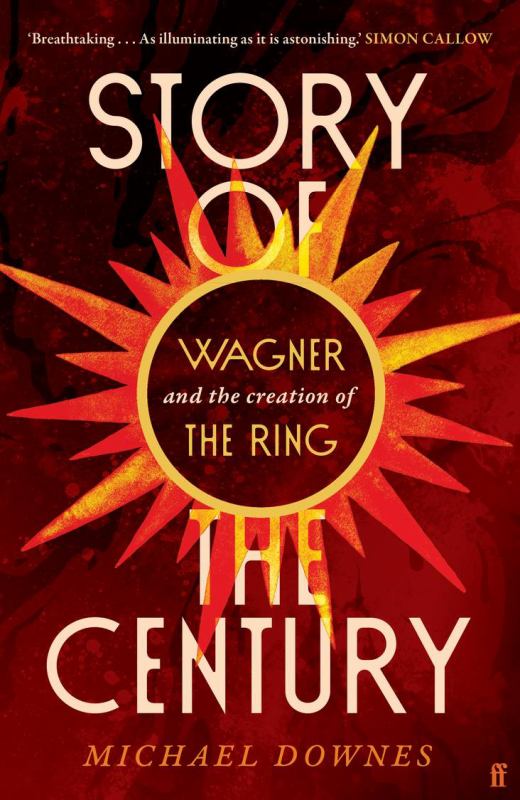


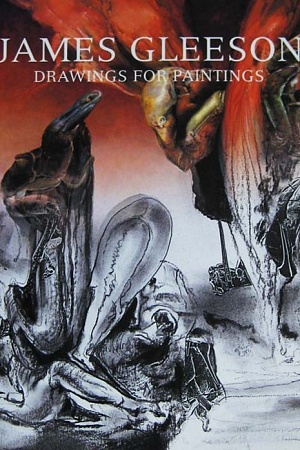
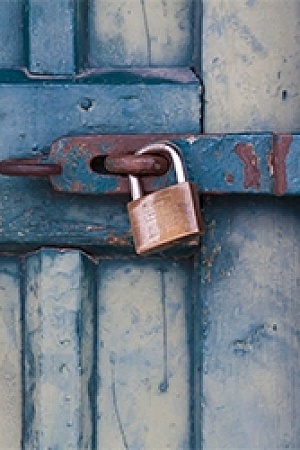
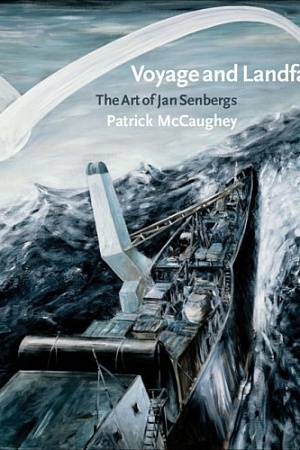


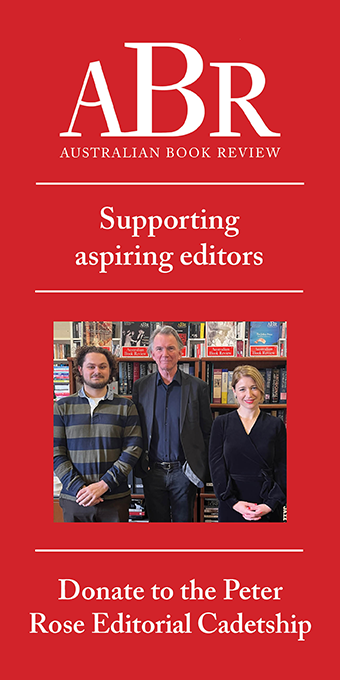

Leave a comment
If you are an ABR subscriber, you will need to sign in to post a comment.
If you have forgotten your sign in details, or if you receive an error message when trying to submit your comment, please email your comment (and the name of the article to which it relates) to ABR Comments. We will review your comment and, subject to approval, we will post it under your name.
Please note that all comments must be approved by ABR and comply with our Terms & Conditions.